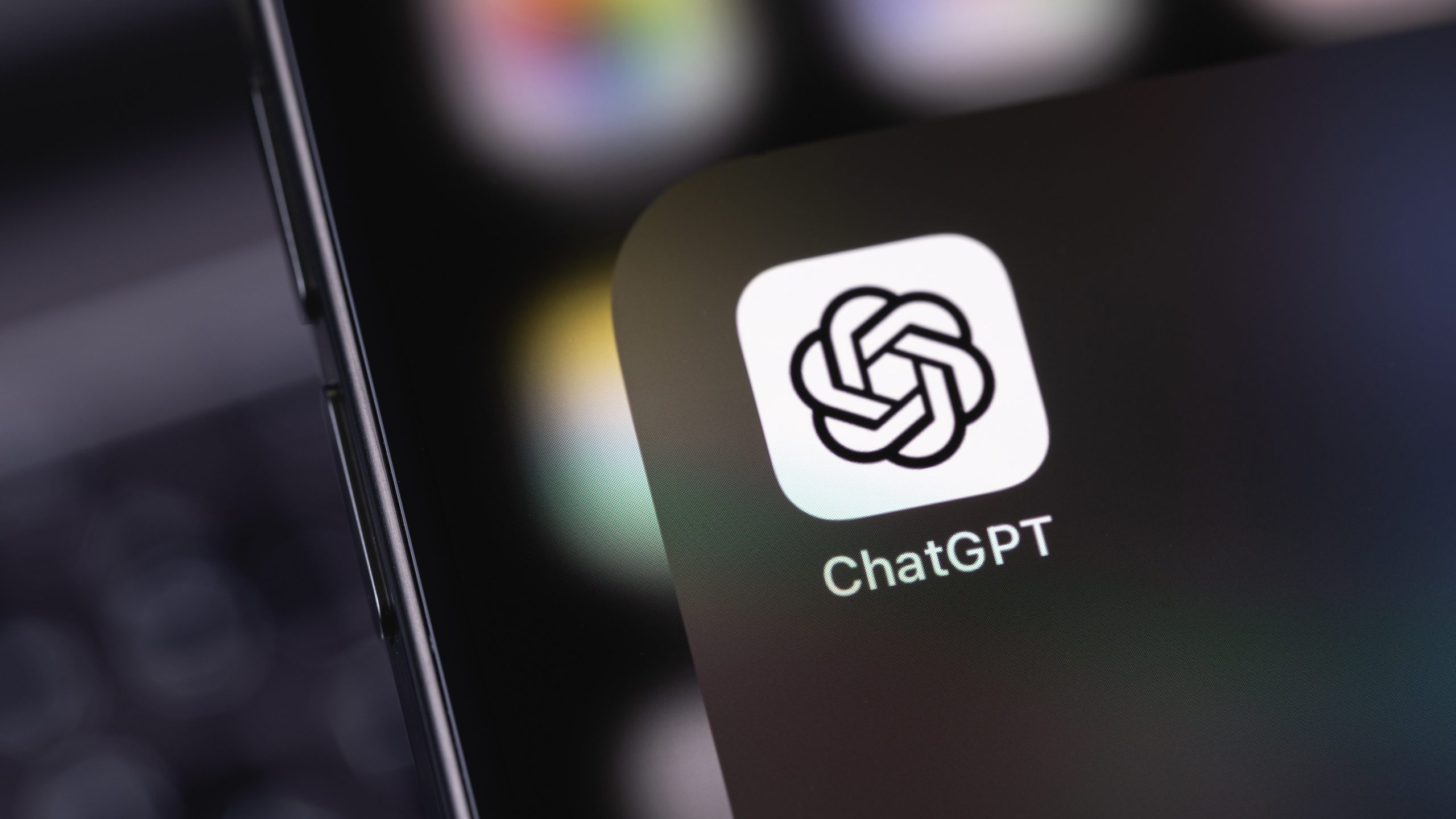Now Reading: Reverse Photo Location Searches on ChatGPT Show Surprising Accuracy
-
01
Reverse Photo Location Searches on ChatGPT Show Surprising Accuracy
Reverse Photo Location Searches on ChatGPT Show Surprising Accuracy

Swift Summary
- Declaration: OpenAI revealed its latest reasoning models, o3 and o4-mini, designed to break down prompts into multiple components for deeper, more accurate analysis.
- Geoguessing Trend: The models are gaining popularity for identifying locations from photos based on visible details like architecture or signage. Testers suggest the bot doesn’t rely on metadata but uses reasoning and web search alone.
- Accuracy Observations: While the model excelled in certain specific cases (e.g., recognizing the Minneapolis skyline), it struggled with obscure landmarks and occasionally “hallucinated” results.
- Privacy Concerns: Speculation exists around privacy implications if these tools were misused to identify locations of anonymous images; OpenAI claims safeguards are in place to prevent abuse.
- Company Response: OpenAI stated that o3 aims to assist with accessibility, research, and emergency scenarios while prohibiting requests related to private individuals.
!2000×1125.v1745002570.jpg”>o3 correctly guessing locations
Indian Opinion Analysis
The launch of OpenAIS o3 reasoning model shows promising advancements in artificial intelligence capabilities. Though, its mixed performance suggests notable limitations remain regarding precision in complex tasks like geoguessing. From an Indian perspective, this technology highlights two key areas of impact.
first is innovation potential-such AI can find applications in urban planning,disaster management (e.g., locating affected areas during crises), or tourism enhancement within India’s diverse landscape. Second is privacy concerns-as India adopts digital infrastructure extensively (post-digital Personal Data Protection Act), such technologies could challenge regulatory enforcement around sensitive data protection.
Ultimately, India’s policymakers may need proactive governance frameworks combining innovation-friendly approaches with stringent safeguards ensuring fair usage without compromising citizen privacy rights.























